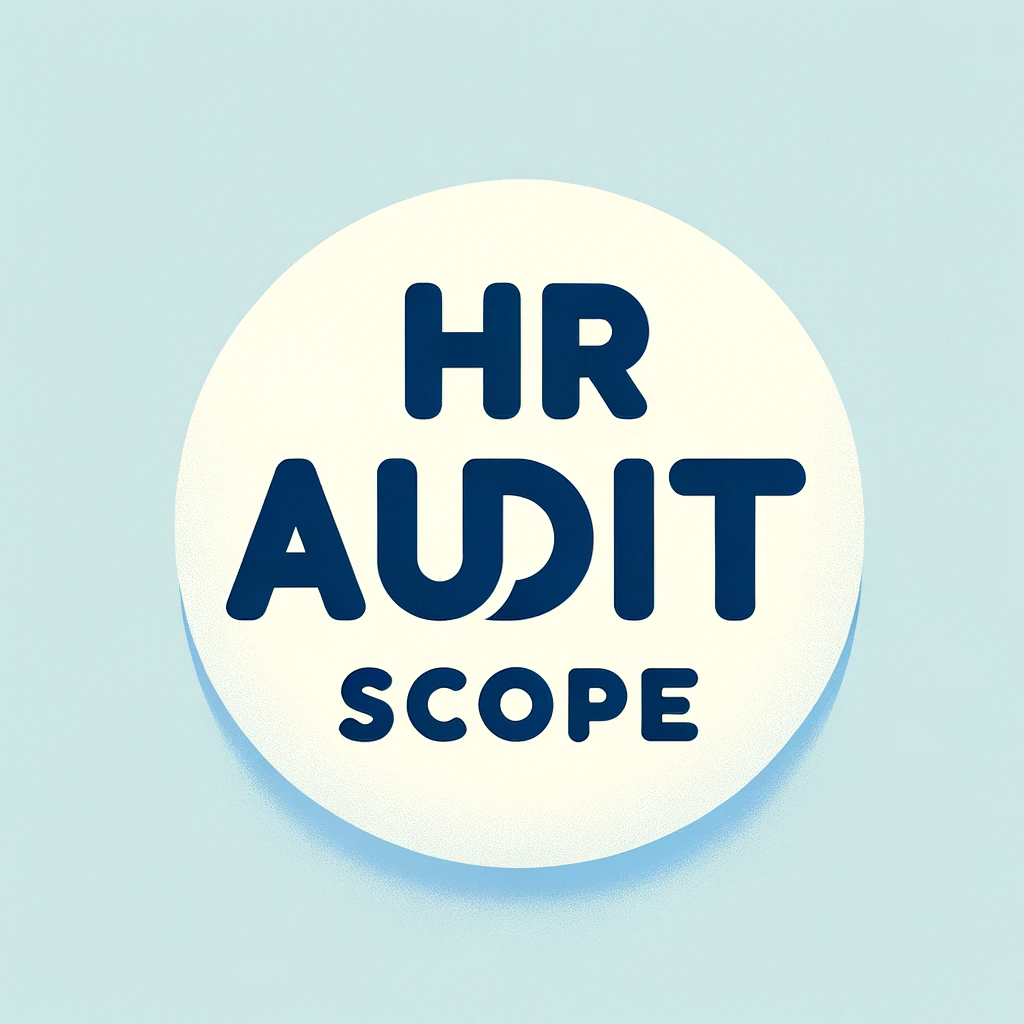Human Resources Audit

HR Audit
HR Audit is the process of analyzing recruitment, onboarding, documentation, pay package, benefits, entitlements, JD/KPI and compliance according to the law, policy and procedure or the practices within the company or industry to check the health of the organization.
The first step of corporate growth is understanding your pitfalls. You must know your weak points to advance further ahead. So, it is essential to conduct a performance review to learn about the weak links in an organization through a quality HR Audit process.
In this regard, audits are an efficient way of doing so. They are an in-depth study of the business processes to understand their positives and negatives. It gives a fair idea of what needs to change and accommodates new things to compete in new challenges. One such important audit in a company, among many others, is the HR Audit.



Purposes of HR Audit
A Human Resources Audit (or HR Audit) is a comprehensive method (or means) to review current human resources policies, procedures, documentation and systems to identify needs for improvement and enhancement of the HR function as well as to assess compliance with ever-changing rules and regulations in respect to the expectation of Share Holders. An Audit involves systematically reviewing all aspects of human resources, usually in a checklist fashion.
- Helping the Shareholder to understand how the business is operating
- Helping the HR Department understand how to improve itself
- Ensuring compliance of the company’s working with the governing laws
- Reviewing and the proper resource allocation for human resources
- Being an act of “due diligence” for potential investors and stakeholders of a company
- Instilling a sense of confidence in management and the human resources function
- Establishing a baseline for future improvement for the function
These were some of the purposes for conducting an HR Audit. Based on the different purposes it serves, there are also different HR Audit types to consider
Conducting and determining a proper action plan from an HR Audit is as important as having one in the first place. Improper audits can give misleading results, which can lead to wrong management decisions. So, you must have a clear understanding of these audits. The acquired information will give you a fair idea of what, why, and how regarding a human resource audit.

HR Audit Scopes
An HR checklist is a list of things you must keep an eye on while performing HR Audits on different divisions. These checklists are generally very long, but here are some critical points for various departments to keep it short today.
13 Different HR Audit check point
- Analyzing Mission Vision & Strategy
- Analyzing Business Unit & Manpower plan
- Analyzing HR Policy & SOPs
- Analyzing legal & compliance
- Analyzing employee turnover
- Analyzing Hiring and Onboarding process
- Analyzing Benefits & Compensation standard
- Analyzing Employee Satisfaction survey
- Analyzing Performance evaluation record & process
- Analyzing Termination process and exit interviews
- Analyzing Job descriptions & Job Role of key position
- Analyzing Training and development scopes
- Analyzing Personnel records & files review



Assessment Process
Considering the business nature and the expectation of Management a thorough assessment process will be followed to identify the strength and weakness of the organization.
12 steps of the Assessment process
- Knowing Expectations of Top Management
- Preparation meeting with Management
- Report for Financial trend of last 3-5 yrs
- Organogram according to Business, Dept and function
- Employee turnover report according to Business & Dept
- Random sampling for Satisfaction survey at least 15%
- 360o assessments of 20 nos. of Key positions – Interviewing Senior, Junior, Peer
- A random sampling of Document verification 10% – Personal file, Payroll & benefits data
- Award punishment process assessment – Award punishment data review
- Pay structure assessment -Pay structure analysis according to job load & compare industry average
- Training records for last 3 years
- Assessment report submission with recommendation for development
Human Resources Audit Review
A Human Resources Audit (or HR Audit) is a comprehensive method (or means) to review current human resources policies, procedures, documentation and systems to identify needs for improvement and enhancement of the HR function as well as to assess compliance with ever-changing rules and regulations. An Audit involves systematically reviewing all aspects of human resources, usually in a checklist fashion.
Hiring and On-boarding
Benefits
Compensation
Performance evaluation process
Termination process and exit interviews
Job descriptions
Form review
Personnel file review

The purpose of an HR Audit
The purpose of an HR Audit is to recognize strengths and identify any needs for improvement in the human resources function. A properly executed Audit will reveal problem areas and provide recommendations and suggestions for the remedy of these problems. Some of the reasons to conduct such a review include:
Main purpose of an HR Audit
- Ensuring the effective utilization of the organization’s human resources
- Reviewing compliance in relation to the administration of the organization
- Instilling a sense of confidence in management and the human resources function
- Maintaining or enhancing the organization and the department’s reputation in the community
- Performing “due diligence” review for shareholders or potential investors/owners
- Establishing a baseline for future improvement of the function
Because of the multitude of laws affecting each stage of the employment process, it is extremely important for an employer to regularly conduct an HR analysis of their policies and practices. This helps to identify regulatory compliance issues if they exist and avoids potentially costly fines and/or lawsuits if otherwise ignored. An employer overlooking regulatory compliance with their human resource practices could face.
